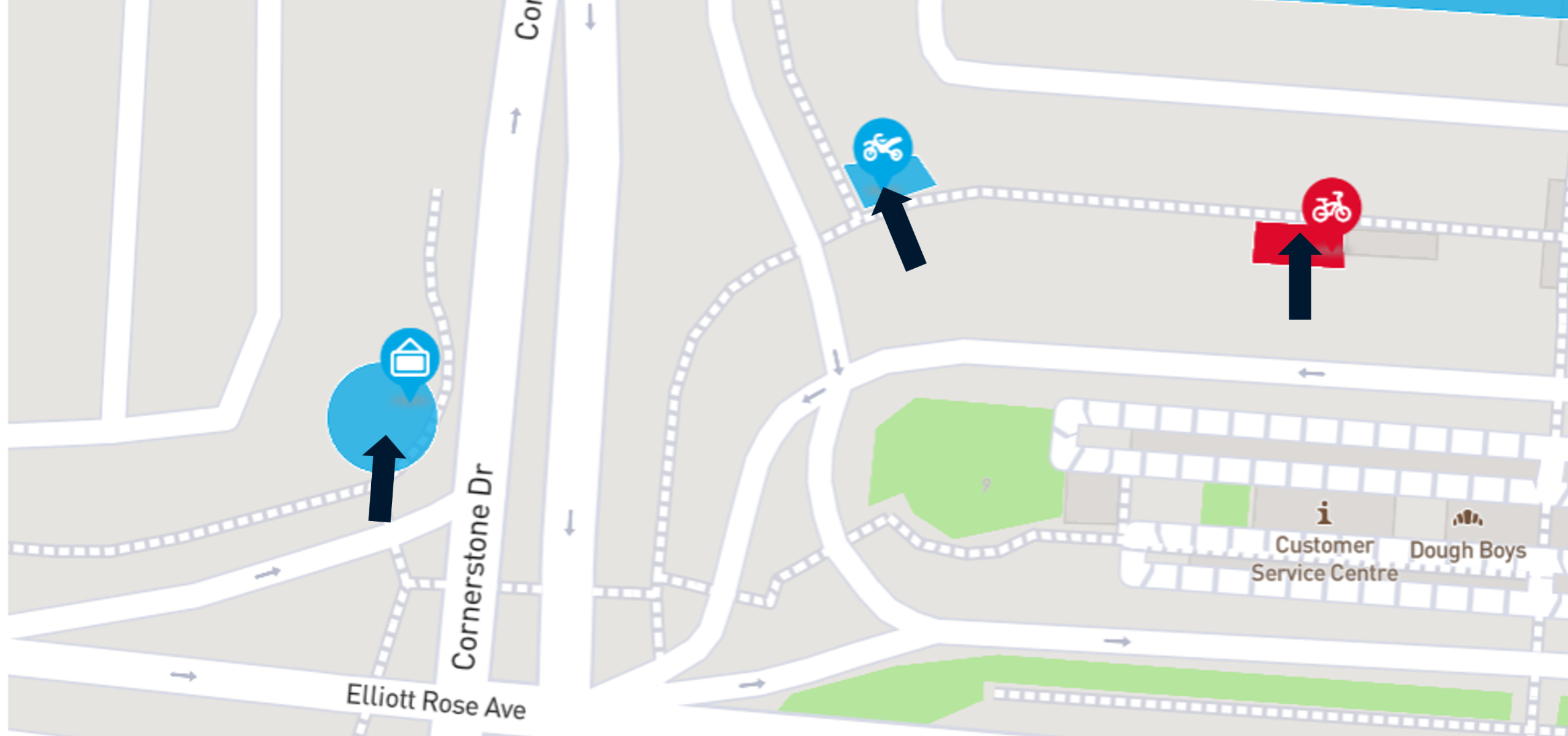Feedback has now closed
Thank you to everyone who gave feedback about our proposed changes to parking and street space in Albany.
We are now looking for common themes, reviewing any direct property access concerns and ensuring we haven’t overlooked anything important.
After that, we’ll meet with the Upper Harbour Local Board to review everything together and decide on the next steps. We’ll then share the outcome with you, so you know what’s happening and what to expect.






